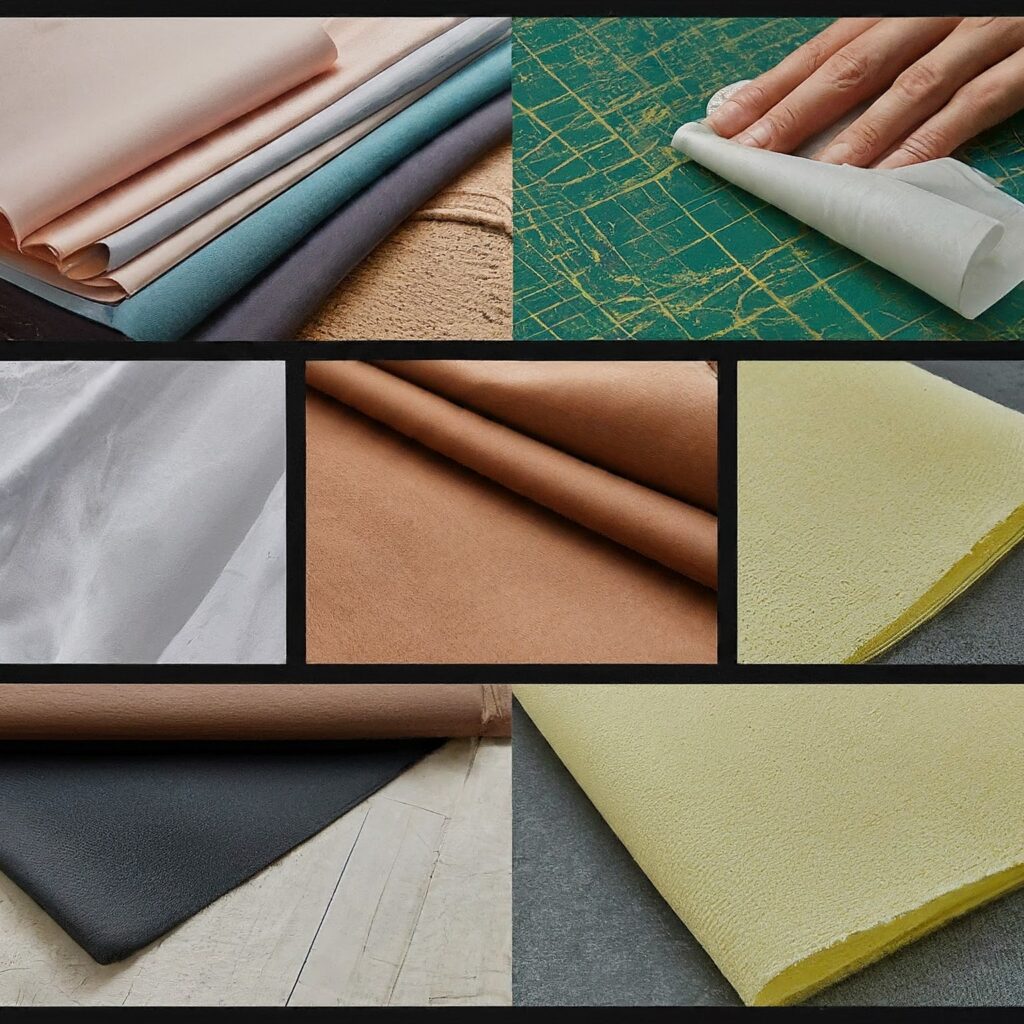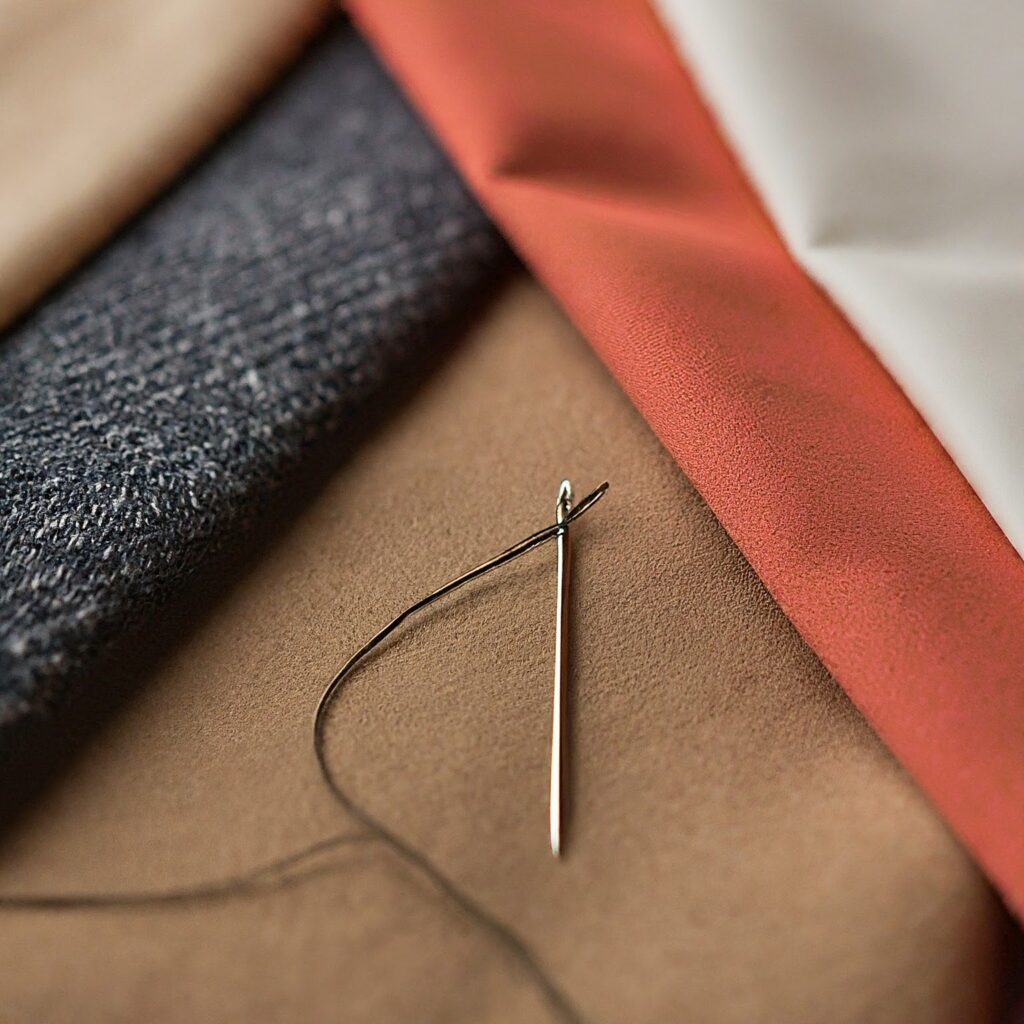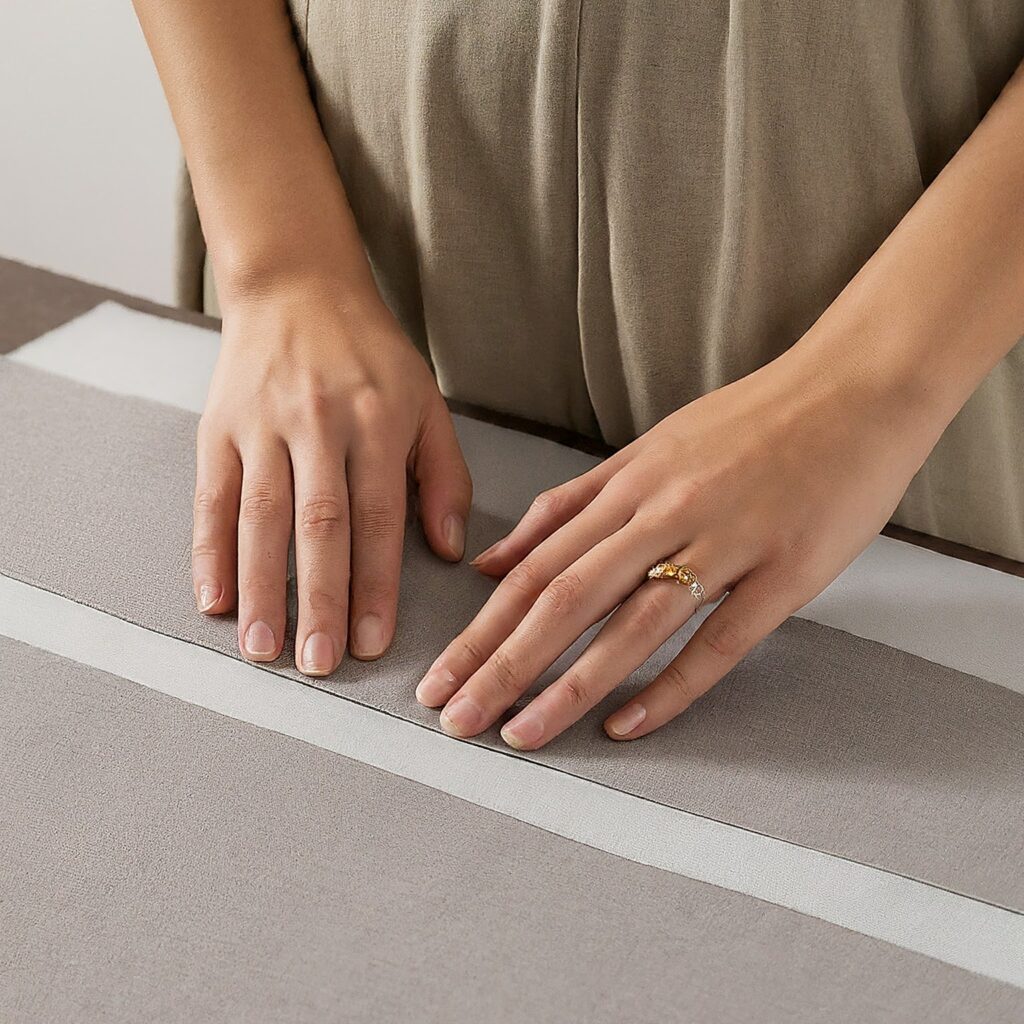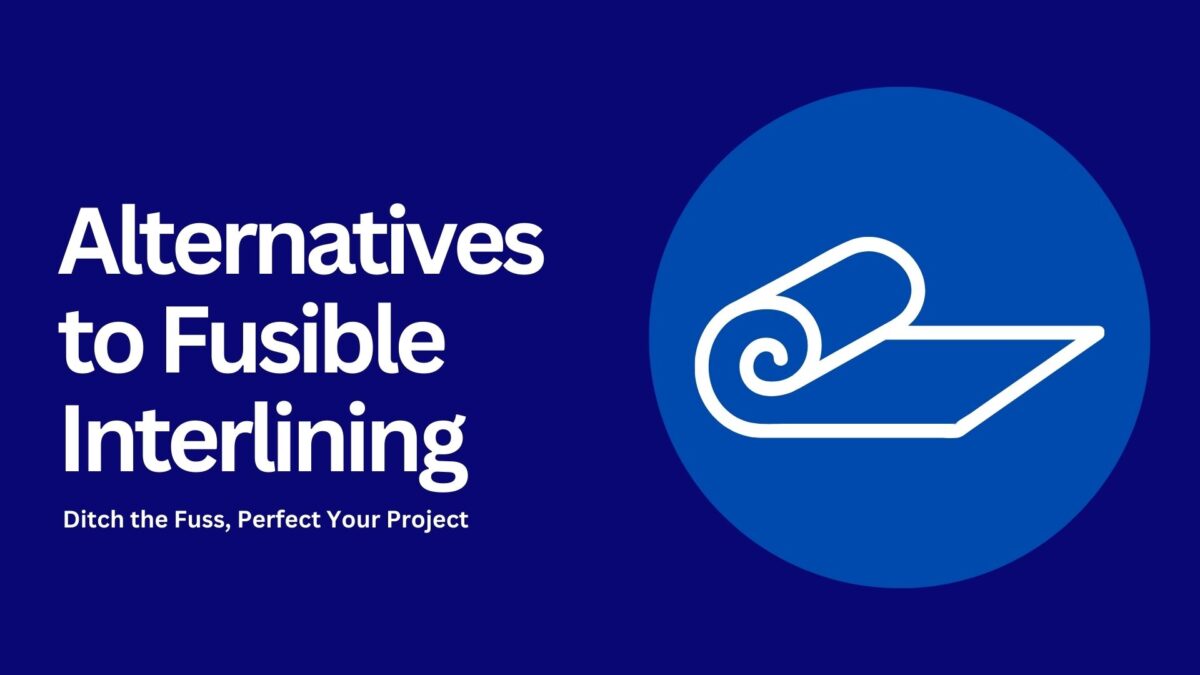Alternatives to Fusible Interlining: Ditch the Fuss, Perfect Your Project
Don’t like the trouble with fusible interlining? Many people feel the same way. It’s a common choice to make clothes stronger, but it can be hard to use and sometimes mess up your work. There are lots of other things you can use instead!
Interlining is a special fabric that helps clothes keep their shape. It comes in two main types: woven and non-woven. Fusible interlining is a kind of non-woven interlining that sticks with heat. It can be tricky, so let’s look at some other options.
Table of Content
- What is Fusible Interlining and Why You Might Want Alternatives
- Best Alternatives to Fusible Interlining
- How to Choose the Right Alternative
- Tips for Using Alternatives to Fusible Interlining
- Conclusion
What is Fusible Interlining and Why You Might Want Alternatives
Fusible interlining, a type of non-woven interlining, is a fabric with a heat-sensitive adhesive on one side. It’s widely used in the garment industry for stiffening and stabilizing fabrics. However, it has its downsides:
- Can melt or shift: Applying too much heat can ruin your project.
- Stiffness: It can add unwanted stiffness to delicate fabrics.
- Environmental concerns: Some prefer to avoid synthetic materials.
Best Alternatives to Fusible Interlining
Peltex: A Woven Interlining Powerhouse
Peltex is a woven interlining fabric that’s a popular choice among sewers. Known for its durability and stability, it’s an excellent alternative to fusible interlining. Made from a blend of cotton and polyester, Peltex offers a balance of strength and softness. It’s often used in tailoring and dressmaking for garments that require extra support, such as jackets, coats, and blazers.

Woven Interfacing: Versatility at Its Best
Woven interfacing is a versatile interlining fabric that comes in various weights and finishes, making it suitable for a wide range of sewing projects. Unlike fusible interlining, it doesn’t rely on heat for attachment, offering more control and precision. You can choose from lightweight options for delicate fabrics to heavier ones for structured garments. Woven interfacing provides excellent support and shape retention, making it a preferred choice for many sewers. It’s also durable and can withstand multiple washes and wears. However, it does require additional stitching to attach it to the fabric, which might be a drawback for some.
Here are some specific types of woven interlining and their uses:
- Lightweight woven interfacing: Ideal for delicate fabrics like chiffon, voile, and organza.
- Medium-weight woven interfacing: Suitable for most woven fabrics, including cotton, linen, and wool.
- Heavyweight woven interfacing: Perfect for structured garments like jackets, coats, and blazers.
Knit Interfacing: Perfect for Stretchy Fabrics
Knit interfacing is a must-have for stretchy fabrics. Unlike woven interfacing, it moves with the fabric, providing support without restricting movement. This makes it ideal for garments like t-shirts, dresses, and activewear. Knit interfacing comes in different weights and thicknesses, allowing you to choose the right level of support for your project. It’s also typically softer and more flexible than woven interlining, making it comfortable to wear. While knit interfacing might not be as strong as woven interfacing for heavily structured garments, it excels at providing support and shape retention for stretchy fabrics.

Stabilizers: Temporary Support for Delicate Fabrics
Stabilizers are temporary supports that provide additional structure to delicate fabrics or intricate designs. They are crucial when working with sheer fabrics, lace, or embroidered materials, as they prevent distortion and maintain the fabric’s integrity during the sewing process of woven interlining. Stabilizers come in various types, each with its own unique properties and applications:
- Water-soluble stabilizers: These dissolve in water, making them ideal for temporary support during embroidery or appliqué. Once the stitching is complete, simply rinse the stabilizer away to reveal the finished design.
- Tear-away stabilizers: These can be easily torn away from the fabric after stitching, leaving a clean finish. They are commonly used for embroidery, quilting, and appliqué.
- Cut-away stabilizers: These require cutting close to the stitches to remove them. They offer the highest level of support and are often used for heavy embroidery or intricate designs.
When choosing a stabilizer, consider the interlining fabric weight, design complexity, and desired level of support.
Other Interlining Options
While not as common, options like horsehair braid, buckram, and handmade paper can be used for specific purposes.
Choosing the Right Interlining
Selecting the best interlining fabric depends on your project, and personal preference. Consider these factors:
- Fabric weight: Lighter fabrics need lighter interlining or stabilizer.
- Project type: Garments require durable interlining, while crafts might need a stabilizer.
- Desired stiffness: Determine the level of support needed.
- Skill level: Beginners might prefer pre-cut stabilizers or fusible interlining.
Tips for Using Interlining Alternatives
- Test first: Try a new interlining fabric on a scrap piece of fabric.
- Use the correct needle and thread: Match them to your fabric and interlining.
- Baste carefully: Secure your interlining with basting stitches.
- Press gently: Avoid excessive heat when pressing.

Conclusion
There are lots of ways to make your clothes strong, not just fusible interlining. You can use woven Interlining fabric, stretchy fabric, or special helpers. The best one is up to you. Try different kinds to see what you like. Don’t worry about that sticky stuff anymore! Use these other ways to make great clothes.
Happy sewing!
Link of related Articles
- Fusing Interlining Without An Iron: Creative Interlining Techniques
- Benefits of Using Non-Woven Fusible Interlining
- Selecting the Appropriate Interlining: Fusible vs. Non-Fusible

